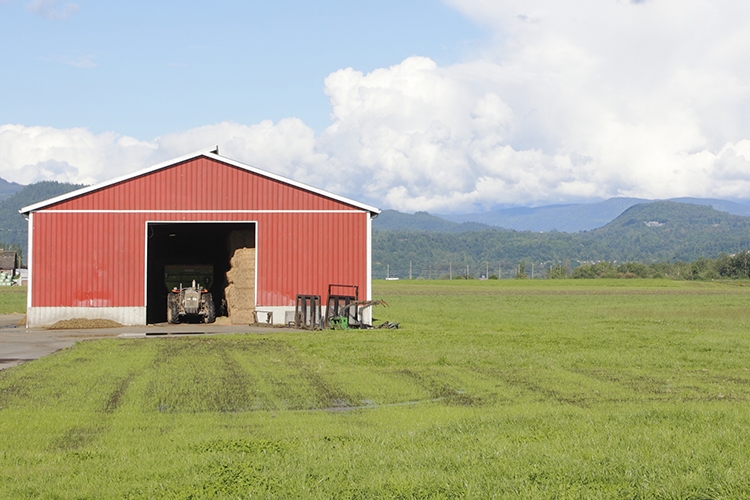By Graham Plaister, agriculture director, UK and John Colquhoun, head of EFI Global, UK
This summer, the UK has already witnessed the devastating effects exceedingly hot temperatures can have.
The July heat wave proved the extent to which we are often ill-equipped to deal with these types of weather extremes, and many farmers struggled to adapt buildings that have been designed to retain heat rather than repel it. Measures to acclimatize became insignificant as the spike in temperatures was simply too much for a number of setups.
Squeezing margins
High feed costs and energy bills have already rendered the UK farming industry challenging, and the added impact of heat stress is far reaching. Intensive livestock units can be over 50 year old with sheds maintained through simple reconditioning once a decade. They weren’t built to withstand unprecedented heat levels. The time and costs spent modifying buildings hinders production; especially for structures that need to be rebuilt altogether. Not to mention the additional spend associated with managing and improving animal health after the heat subsides. Increased water usage also goes hand-in-hand with rising temperatures — the hotter it gets, the more consumption of water that crops, farm animals and humans require. The supply of water has never been a problem in the UK, but could become a significant issue in the future.
Reactions and responses
Due to the dry conditions, crop losses are ongoing and if the heat wasn’t enough of a challenge, in certain areas there’s potential for droughts. The many parts of England and Wales, for instance, haven’t had substantial rainfall in months.
Humans have played a role in the increase of wildfires due to the amount of people camping in rural areas and enjoying the countryside. In Scotland, for instance, everyone has statutory access rights to most land and inland water — as long as they’re respecting privacy, safety, livestock and livelihood. While often accidental, it’s imperative to educate communities on safe camping practices because wildfires can and do happen.
It’s safe to say that preparation for the summer heat has looked quite different than in years past. Hundreds of years ago, few of us could have predicted just how far-reaching the impact of climate change would have on our lives. Now with environmental considerations and legislative changes at play, adapting to these conditions is non-negotiable. Alarmingly, some experts say that what the UK experienced over a two-day period this year will eventually be expected over a two-to-three-week period on a regular basis.
Preparing early and often
When we factor in extreme temperatures for the rest of the summer and years ahead, it’s imperative to put in place short-, medium- and long-term plans and get preparation efforts underway. This includes reviewing policies, moving livestock, installing fans, and planning necessary re-construction. But it doesn’t stop there. Recently, our team worked on a claim involving a rural hotel built in a hillside known to be high risk for wildfires due to the terrain. To mitigate damage in the event of a wildfire, they recommended the replacement of the surrounding pine area with fruit bushes. This ‘fire break’ of less flammable vegetation allowed the area to withstand subsequent fires, causing minimal damage.
To ensure you are in the best position to respond to high temperatures, farmers need to have strategic and creative plans in place with partners experienced in agricultural and environmental claims. It may take some time for UK farmers to adapt and move beyond the struggles brought about by the summer heat. But we’re committed to helping our clients and communities every step of the way.
For more information, visit www.efiglobal.com and www.sedgwick.com.

